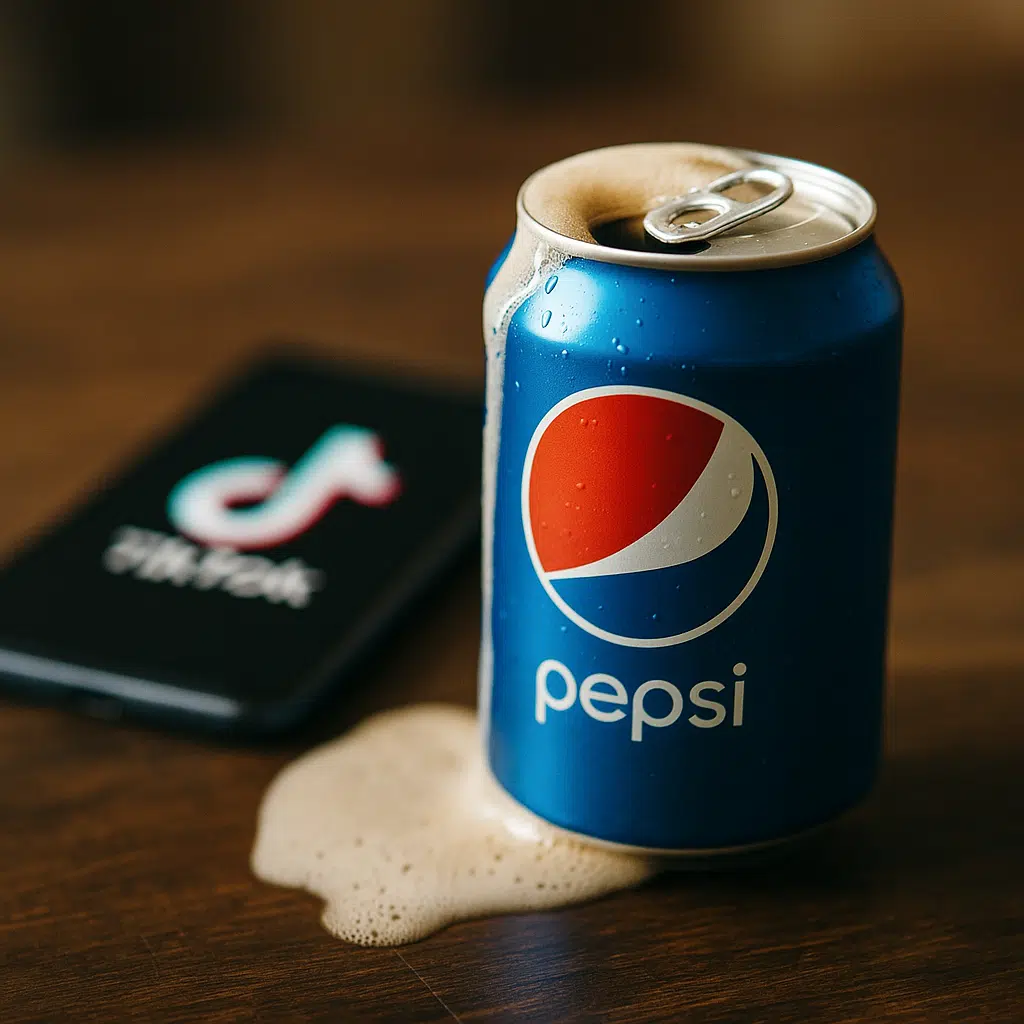Pepsi’s TikTok #FizzChallenge was designed to shake up social media, but the campaign fizzled out instead. This article examines why the initiative failed to captivate audiences and what can be learned from this misstep. Dive into the reasons behind the collapse of this campaign and understand the crucial lessons for future social media endeavors.
Understanding the #FizzChallenge Concept
The #FizzChallenge aimed to engage TikTok users by encouraging them to create videos that showcased their unique ways of popping open a Pepsi can. The core idea was user participation and creativity, leveraging TikTok’s popular format of short, engaging clips. However, the campaign quickly ran into several roadblocks that stunted its growth.
Missed Connections with Influencers
A significant misstep was the lack of strong influencer partnerships. Influencers play a critical role in driving engagement on TikTok. While Pepsi enlisted a few names, none had enough reach or relevance to boost the challenge significantly. Recruitment of the right influencers is crucial for engagement and should have been a higher priority.
Brand Alignment and Audience Mismatch
Pepsi strayed away from aligning the challenge with its core audience demographics. TikTok’s user base primarily consists of Gen Z, a group that values authenticity and socially conscious brands. Unfortunately, the #FizzChallenge failed to resonate with this audience, lacking the depth or connection they seek from brands on social media platforms.
Creative Execution and Virality
The creativity aspect of the #FizzChallenge was too limited. The task of simply popping a can failed to spark the inventive spirit necessary for virality. Successful campaigns incorporate elements of surprise, humor, or emotion—factors Pepsi neglected. Encouraging broader, more relatable content could have bridged this gap, fostering a viral spread.
Poor Timing and Market Saturation
Timing is everything in marketing, and Pepsi released the #FizzChallenge during a period bursting with similar brand initiatives. This saturation diluted its presence, as users were overwhelmed with branded content. Carefully strategizing launch times to avoid overlaps could have enhanced visibility and engagement.
Learning from the #FizzChallenge Debacle
The #FizzChallenge offers key lessons: the importance of influencer partnerships, understanding your audience, and fostering creative freedom. Pepsi’s experience underscores the need for well-rounded, audience-focused campaigns that move beyond superficial challenges. Brands must maintain authenticity and relevance to engage in today’s fast-paced digital ecosystem.
Pepsi’s TikTok #FizzChallenge serves as a valuable case study. Its failure highlights the importance of strategic influencer partnerships, aligning with audience values, and crafting engaging, creative content. Brands should aim for authenticity and alignment in future campaigns to capture and maintain audience attention effectively.
FAQs on Pepsi’s TikTok #FizzChallenge
- What was the goal of the #FizzChallenge? The goal was to engage TikTok users by having them create videos of themselves popping a Pepsi can in creative ways.
- Why did the #FizzChallenge fail? It failed due to a lack of strong influencer connections, poor alignment with audience values, limited creativity, market saturation, and poor timing.
- What can brands learn from this campaign? Brands should ensure strong influencer partnerships, align campaigns with audience values, offer creative freedom, and plan campaigns strategically.
- How important are influencers in TikTok campaigns? Influencers are crucial in reaching and engaging the right audience, driving participation, and enhancing visibility of campaigns.
- What should future campaigns consider? Future campaigns should prioritize authenticity, audience alignment, strategic timing, and engaging content that fosters creativity.
